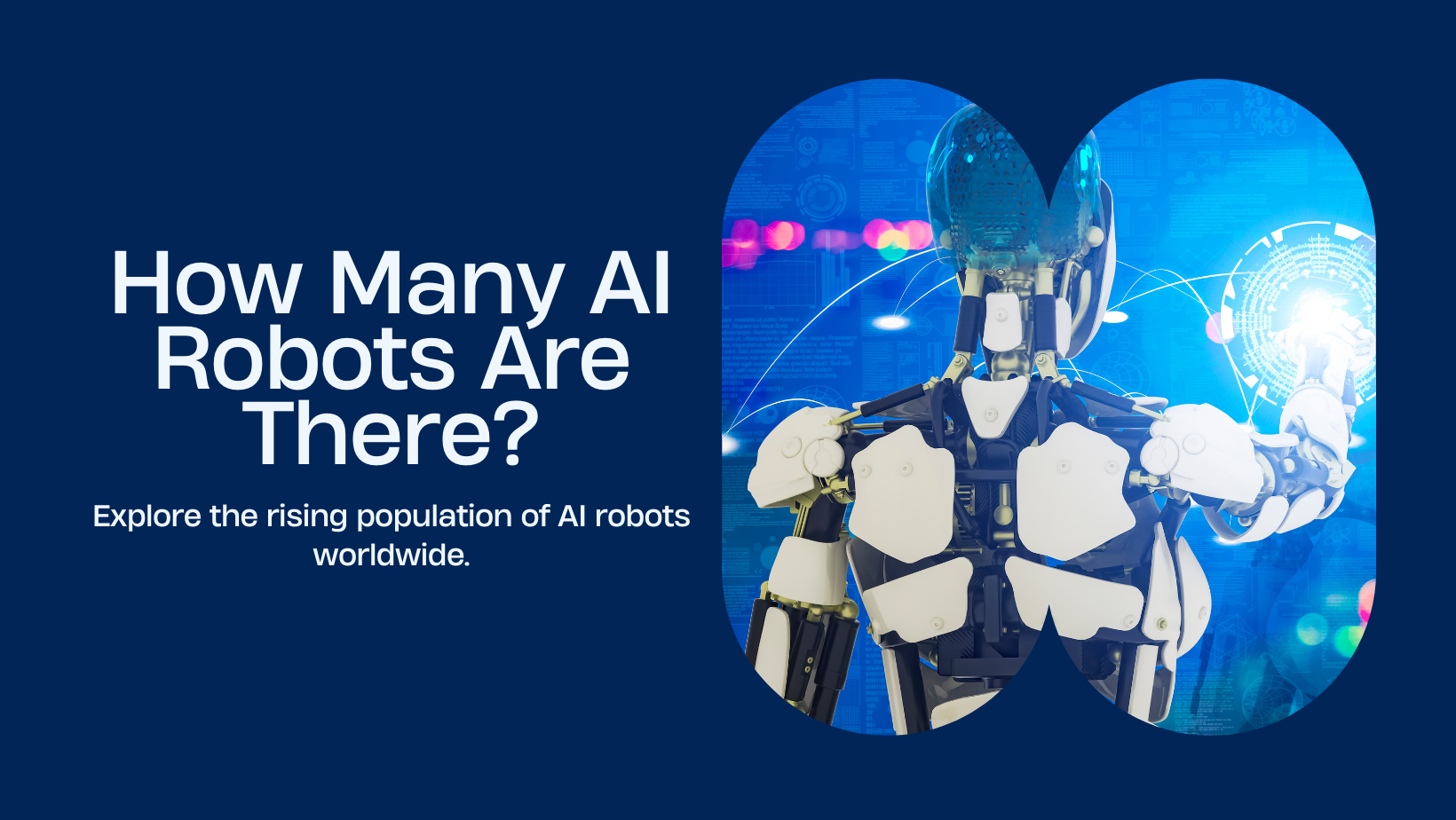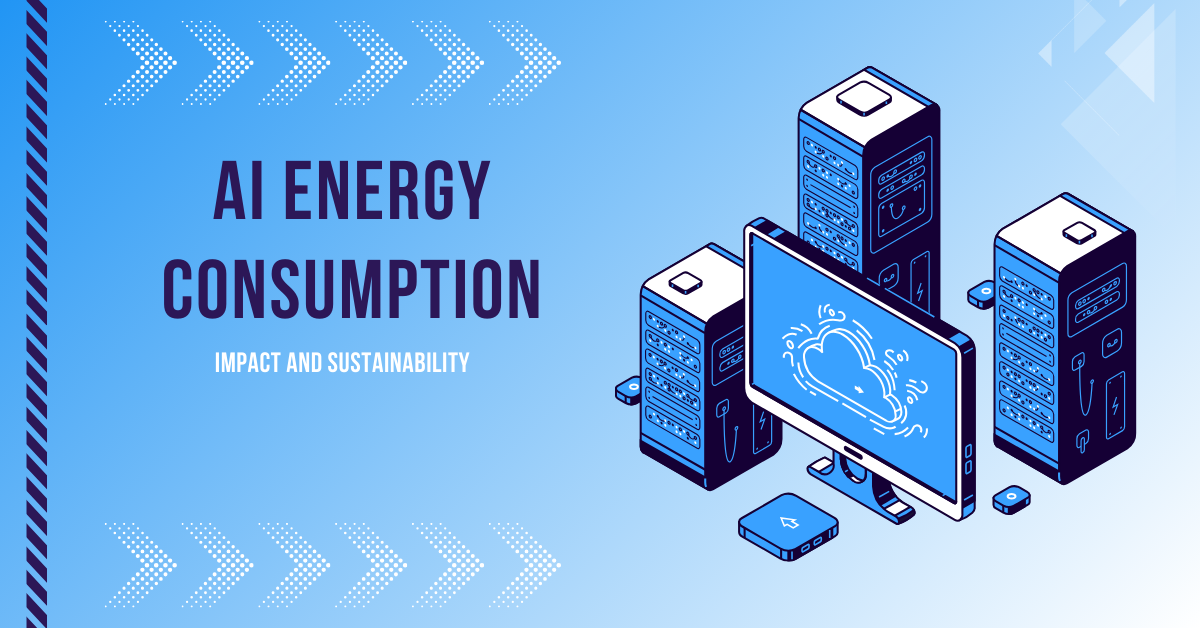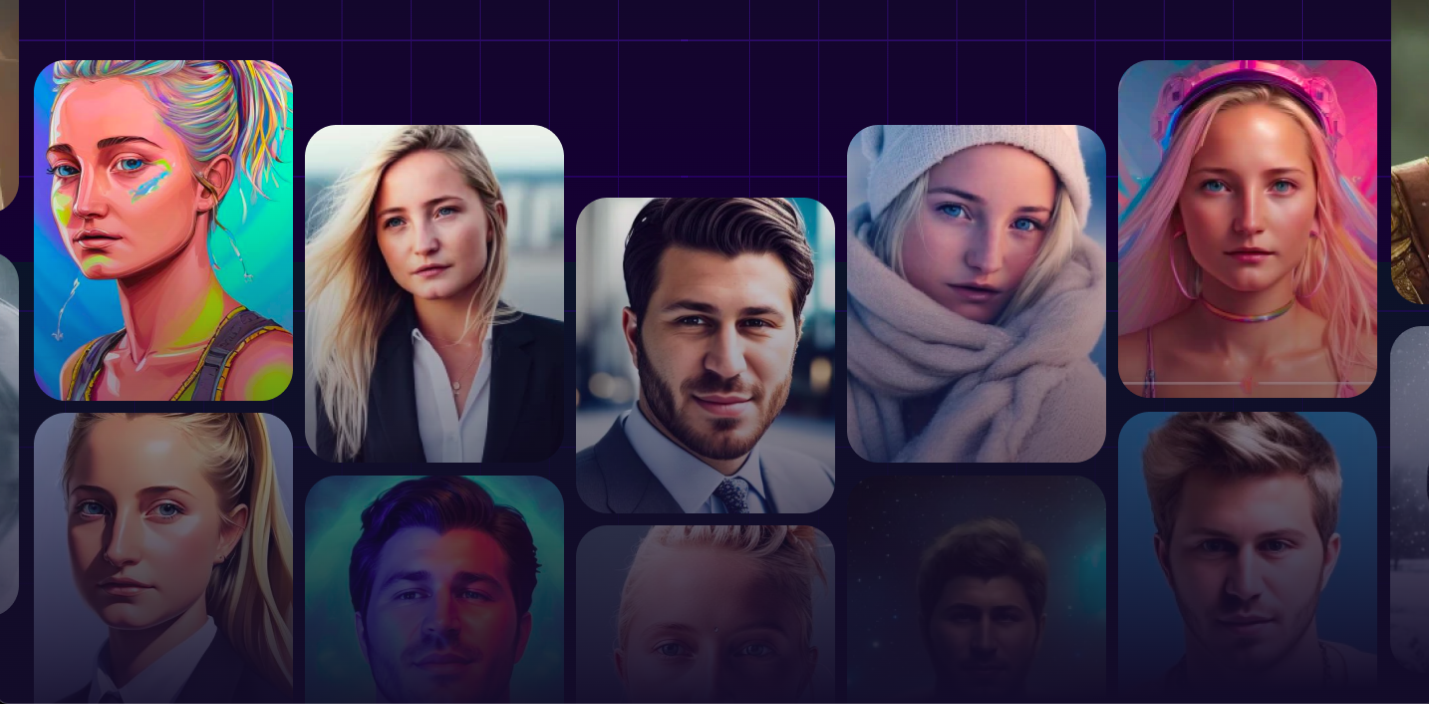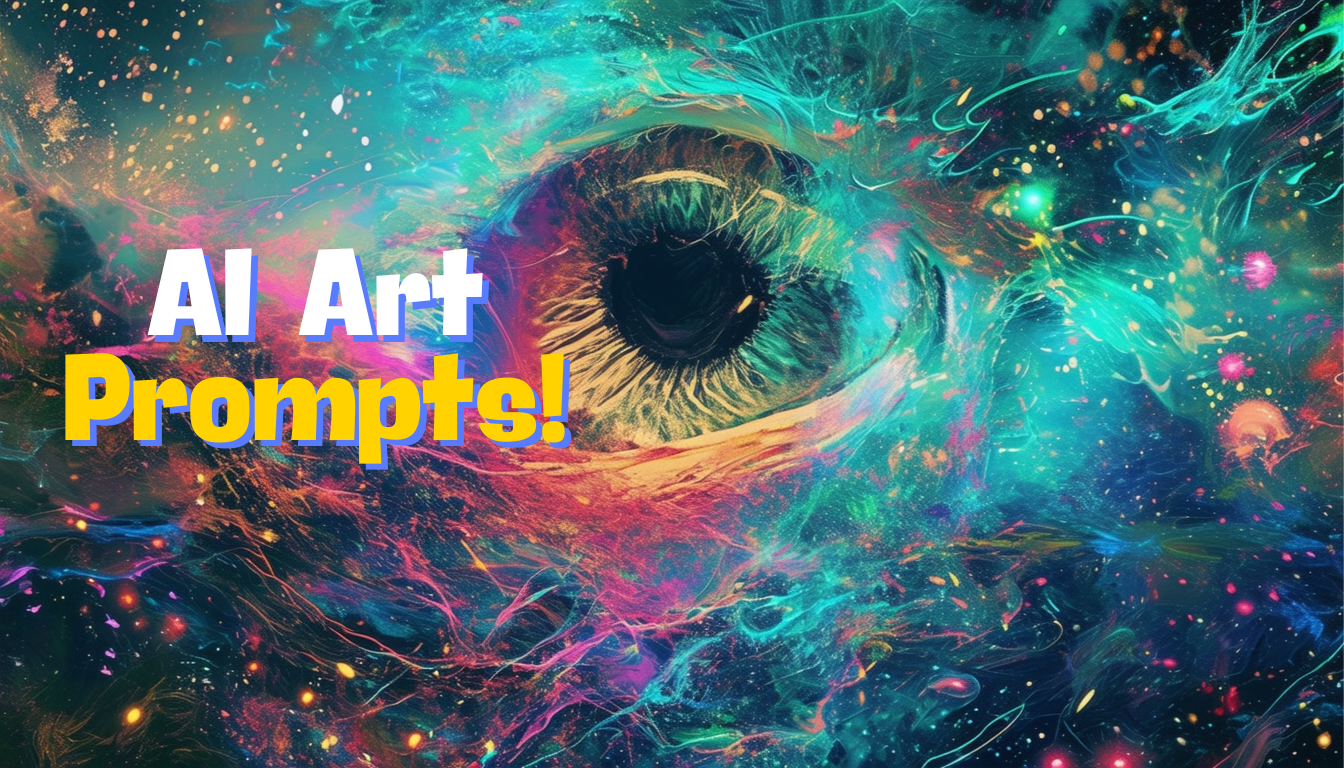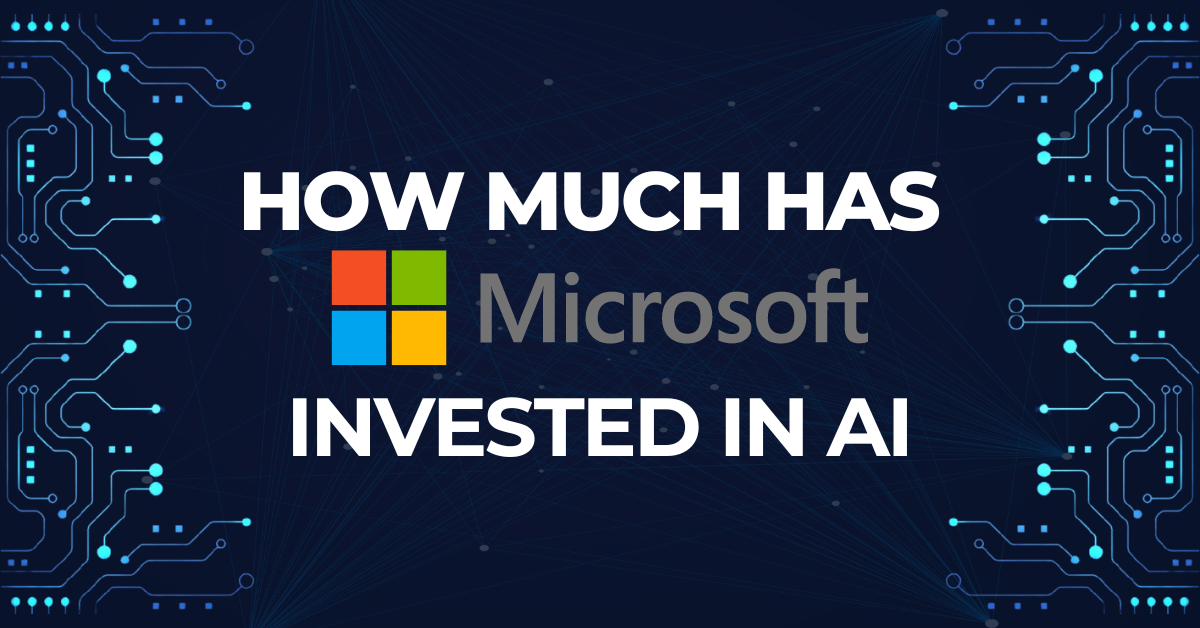Globally, 35% of companies are already using AI in their operations. The renowned technology is even making waves in the arts industry. With the ability to create artwork at the click of a button, AI art seems like a dream come true.
However, as with any new technology, AI art has severe drawbacks and concerns. From questions about originality to its impact on human artists, the presence of AI in art is sparking heated debates.
Take a closer look at the world of AI art and explore why it is controversial. Read on.
Exposed: The Downsides of AI Art
AI art has raised discussions about machine involvement in creative processes. While AI technology offers more accessibility, it also stirs concern among artists and art enthusiasts.
The never-ending conversation about the role of AI in art reflects modern society’s complex relationship with technology. Continue reading to see why AI art is met with skepticism.
1. Creativity and Originality
One of the biggest concerns about AI art is its lack of originality and creativity. While the top AI art generators can generate visually impressive pieces, they rely on existing styles, techniques, and artworks. AI-generated art can feel derivative, lacking a unique perspective and personal touch.
Moreover, the very nature of AI art raises questions about what creativity means. Is it simply the ability to combine existing elements in unique ways? Or does true creativity require an emotional connection and a deeper understanding of the human experience?
Many artists and critics said AI art falls short in areas that demand emotions and understanding. They argue that AI art can never truly replace the value of human creativity.
2. Ethical Concerns and Potential Misuse
Ethical concerns and misuse are other drawbacks of AI art. As AI algorithms become more advanced, creating fake or misleading images that can be used for malicious purposes is easier. This could include false propaganda, materials to manipulate public opinion, or blackmail using fake compromising photos.
There are also concerns about the use of copyrighted material in AI art. Most AI algorithms are trained using existing artworks, meaning they may be incorporating elements of copyrighted material into their output without permission. This presents discussions about ownership, attribution, and fair use that still need to be resolved.
3. Impact on Human Artists and the Art Industry
Perhaps the most significant concern about AI art is its potential impact on human artists and the art industry. The widespread use of AI-generated art can make it harder for human artists to make a living from their craft.
With the rise of digital media and the current state of the economy, many artists are already struggling to find well-paying work. Adding AI art could further undermine their livelihoods, making it harder for them to sustain careers in the arts.
Check out the video below to see the perspective of a human artist on AI art.
4. Limitations and Inconsistencies in AI-Generated Art
The hype around AI art might be intense, but it's important to recognize that the technology still has significant limitations. Some AI-generated pieces can be stunning, realistic, or creative. However, others can be glitchy, nonsensical, or disturbing.
The unsuccessful AI artworks highlight the fact that AI itself is still a new and unpredictable technology. It requires significant human oversight and curation to produce consistently high-quality results.
5. Human Creativity and Emotional Connection
Art is not just about technical skill or visual impressiveness—it's about emotional connection, personal expression, and the ability to tell stories and convey meaning differently.
Human artists bring experience, perspective, and empathy to their work that an AI algorithm can't replicate. They draw their lives, emotions, and experiences to create art that resonates with others on a deep, personal level. This emotional connection is what makes human art so powerful and enduring.
Moving Forward: Using AI Art While Keeping Human Creativity
AI art raises complex issues that should be taken seriously. While the impressive capabilities of AI algorithms are undeniable, it is clear that they can't replace the unique value and importance of human creativity in the arts.
As society moves into an increasingly AI-driven world, it will be important to find ways to use AI art effectively while preserving the vital role of human artists. Efficient communication between artists, technologists, and policymakers is needed to ensure that AI technologies are used ethically and that the arts remain essential to cultural development.

